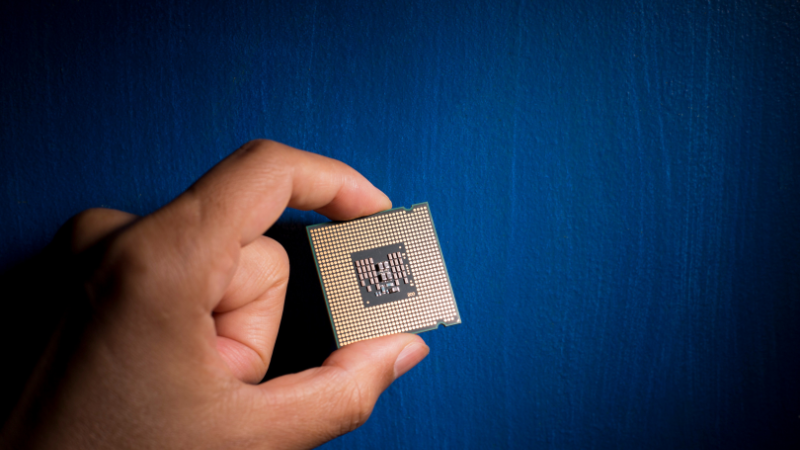
Overview
The march towards smaller electronic devices has led to a shift in the components that form the backbone of modern circuits. One of the trends in this miniaturization journey is the adoption of 0201 components—resistors, capacitors, and inductors that measure 0.6mm x 0.3mm. These components are changing the way electronic circuits are designed and assembled, allowing engineers to pack more functionality into smaller spaces.
Smaller Form Factors
The world of miniaturized components extends beyond 0201. For smaller form factors, 01005 components are available, measuring 0.4mm x 0.2mm, offering more compact solutions but requiring advanced manufacturing techniques. In integrated circuits, Chip Scale Packages (CSP) and Wafer-Level Chip Scale Packages (WLCSP) provide small footprints, often close to the size of the die itself, making them suitable for space-constrained applications such as smartphones and wearables.
Packaging Options
Dual Flat No-Lead (DFN) and Quad Flat No-Lead (QFN) packages offer leadless designs that provide thermal performance and are used in dense PCBs. There are also SOD-923 packages, which are used for diodes in compact circuits, and Micro Ball Grid Array (uBGA) packages, which are crucial for high-density applications like processors and memory chips.
Challenges and Future Directions
The shift to these miniaturized components is driven by the need for higher circuit density and improved performance in space-constrained designs. However, the adoption of such packages brings challenges in placement accuracy, soldering reliability, and thermal management. Despite these hurdles, miniaturized components are key to advancing technology, and as we continue to innovate, they will remain central to the future of electronics.
This evolution in component design ensures that engineers can keep pushing the boundaries of what’s possible, creating powerful, compact, and efficient devices for tomorrow’s world.
